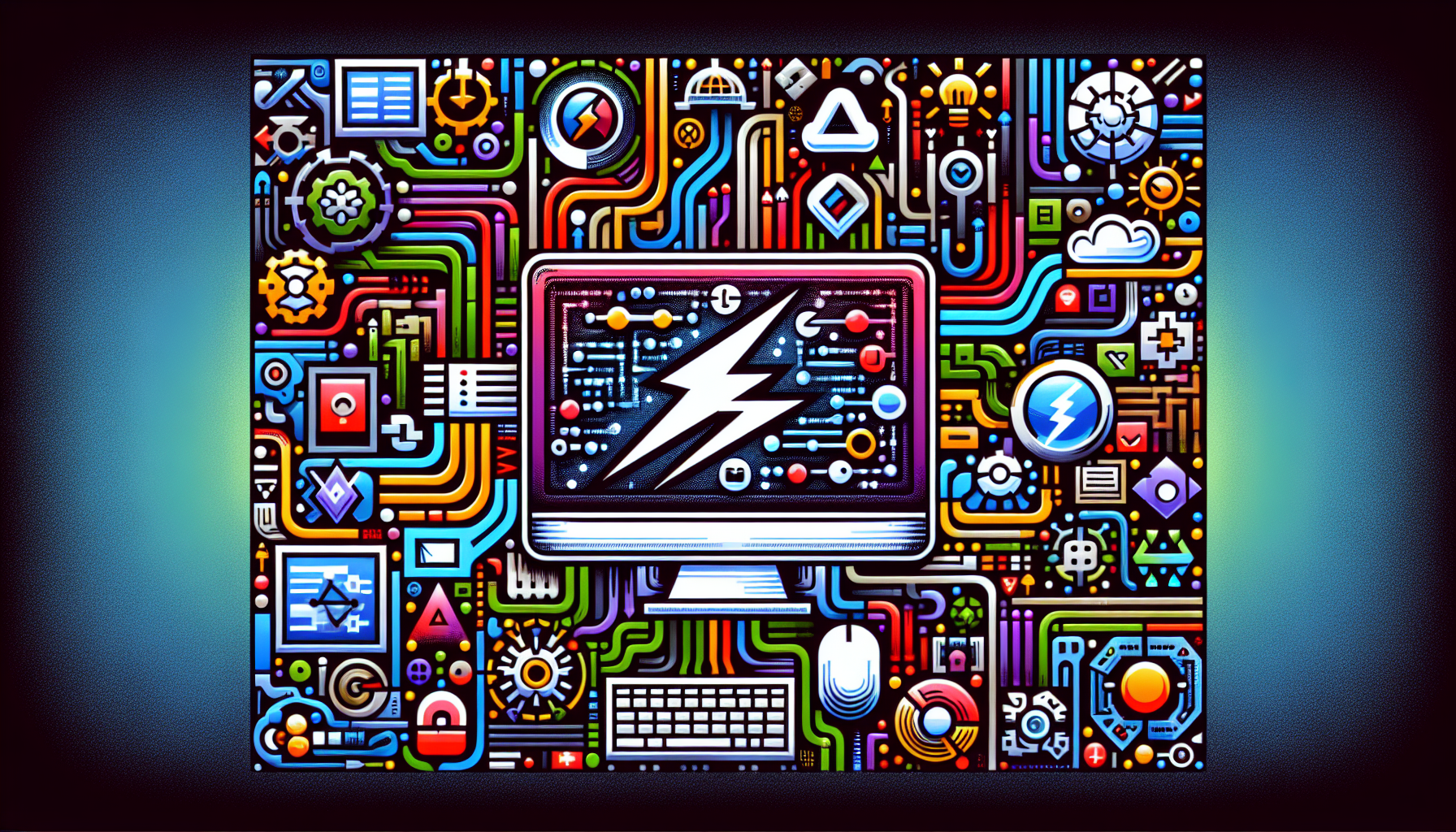Modernizing Desktop Applications with Electron: Developing Cross-Platform Apps Using Web Technologies
Electron has revolutionized the way desktop applications are developed. Leveraging the power of web technologies, Electron allows developers to create robust, cross-platform applications that can run seamlessly on Windows, macOS, and Linux. This blog post explores how Electron works, why it’s beneficial, and provides a basic guide on how to start developing with Electron.
What is Electron?
Electron is an open-source framework that enables developers to build desktop applications using web technologies like HTML, CSS, and JavaScript. It combines the Chromium rendering engine and the Node.js runtime, allowing you to perform both client-side and server-side operations within the same application framework.
Key Features of Electron:
- Cross-Platform Compatibility: Write your code once and run it on any operating system without major changes.
- Access to Native Features: Electron apps can integrate with native OS features and even access hardware components directly.
- Rich Development Environment: Electron comes packed with developer tools inherited from Chromium, making debugging and testing smoother and more efficient.
Benefits of Using Electron
- Unified Codebase: Manage a single codebase for all platforms, simplifying maintenance and updates.
- High Performance: Despite running on web technologies, Electron apps can be highly optimized for performance.
- Community and Support: With the backing of GitHub and a vibrant community, finding help and resources is easier than ever.
Getting Started with Electron
Setting Up Your Environment:
- Install Node.js and npm (Node Package Manager).
- Install Electron globally:
npm install -g electron
Creating Your First Electron App:
- Create a new folder for your project and navigate into it.
- Initialize a new npm project:
npm init - Install Electron locally in your project:
npm install electron --save-dev - Create your main JavaScript file (e.g.,
main.js) and a simple HTML file for your application’s interface.
Basic Main.js Example:
const { app, BrowserWindow } = require('electron');
function createWindow() {
let win = new BrowserWindow({
width: 800, height: 600,
webPreferences: {
nodeIntegration: true
}
});
win.loadFile('index.html');
}
app.on('ready', createWindow);
Running Your Application:
Execute the following command in your project directory:
electron .
Conclusion
Electron is a powerful tool for developers looking to leverage their web development skills to build desktop applications. Its approach to modernizing desktop application development by using web technologies not only eases the development process but also opens up more possibilities for innovation and integration. Start experimenting with Electron to build your own applications that work seamlessly across different platforms.




